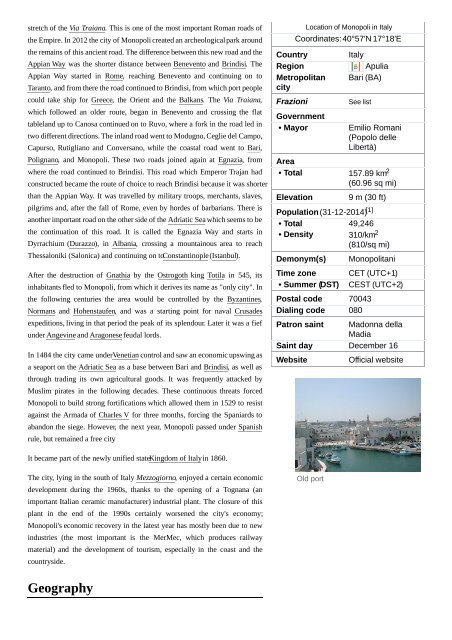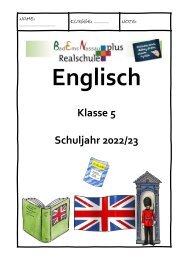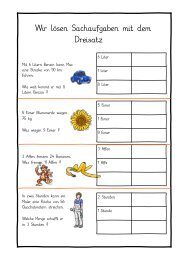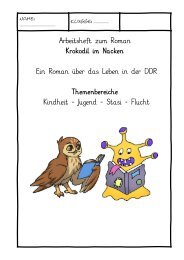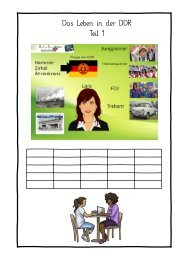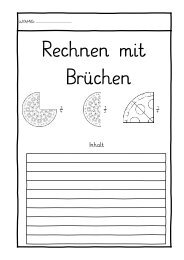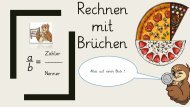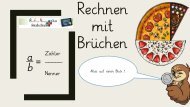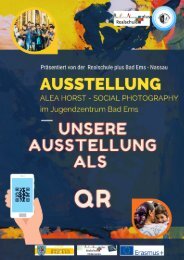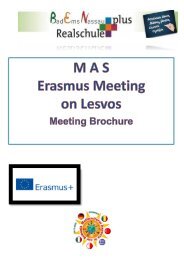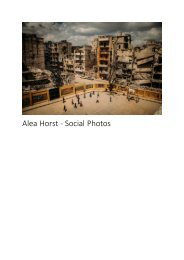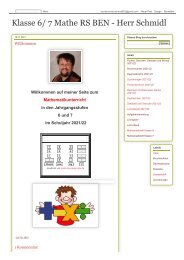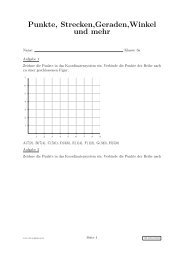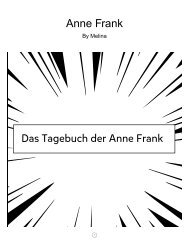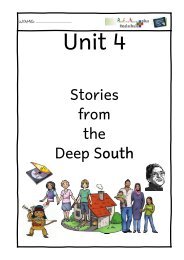pdf-zusammengefasst
You also want an ePaper? Increase the reach of your titles
YUMPU automatically turns print PDFs into web optimized ePapers that Google loves.
stretch of the Via Traiana. This is one of the most important Roman roads of<br />
the Empire. In 2012 the city of Monopoli created an archeological park around<br />
the remains of this ancient road. The difference between this new road and the<br />
Appian Way was the shorter distance between Benevento and Brindisi. The<br />
Appian Way started in Rome, reaching Benevento and continuing on to<br />
Taranto, and from there the road continued to Brindisi, from which port people<br />
could take ship for Greece, the Orient and the Balkans. The Via Traiana,<br />
which followed an older route, began in Benevento and crossing the flat<br />
tableland up to Canosa continued on to Ruvo, where a fork in the road led in<br />
two different directions. The inland road went to Modugno, Ceglie del Campo,<br />
Capurso, Rutigliano and Conversano, while the coastal road went to Bari,<br />
Polignano, and Monopoli. These two roads joined again at Egnazia, from<br />
where the road continued to Brindisi. This road which Emperor Trajan had<br />
constructed became the route of choice to reach Brindisi because it was shorter<br />
than the Appian Way. It was travelled by military troops, merchants, slaves,<br />
pilgrims and, after the fall of Rome, even by hordes of barbarians. There is<br />
another important road on the other side of the Adriatic Sea which seems to be<br />
the continuation of this road. It is called the Egnazia Way and starts in<br />
Dyrrachium (Durazzo), in Albania, crossing a mountainous area to reach<br />
Thessaloniki (Salonica) and continuing on to Constantinople (Istanbul).<br />
After the destruction of Gnathia by the Ostrogoth king Totila in 545, its<br />
inhabitants fled to Monopoli, from which it derives its name as "only city". In<br />
the following centuries the area would be controlled by the Byzantines,<br />
Normans and Hohenstaufen, and was a starting point for naval Crusades<br />
expeditions, living in that period the peak of its splendour. Later it was a fief<br />
under Angevine and Aragonese feudal lords.<br />
In 1484 the city came under Venetian control and saw an economic upswing as<br />
a seaport on the Adriatic Sea as a base between Bari and Brindisi, as well as<br />
through trading its own agricultural goods. It was frequently attacked by<br />
Muslim pirates in the following decades. These continuous threats forced<br />
Monopoli to build strong fortifications which allowed them in 1529 to resist<br />
against the Armada of Charles V for three months, forcing the Spaniards to<br />
abandon the siege. However, the next year, Monopoli passed under Spanish<br />
rule, but remained a free city.<br />
Location of Monopoli in Italy<br />
Coordinates: 40°57′N 17°18′E<br />
Country Italy<br />
Region Apulia<br />
Metropolitan Bari (BA)<br />
city<br />
Frazioni<br />
Government<br />
• Mayor<br />
See list<br />
Emilio Romani<br />
(Popolo delle<br />
Libertà)<br />
Area<br />
• Total 157.89 km 2<br />
(60.96 sq mi)<br />
Elevation<br />
9 m (30 ft)<br />
Population (31-12-2014) [1]<br />
• Total 49,246<br />
• Density 310/km 2<br />
Demonym(s)<br />
Time zone<br />
• Summer (DST)<br />
(810/sq mi)<br />
Postal code 70043<br />
Dialing code 080<br />
Monopolitani<br />
CET (UTC+1)<br />
CEST (UTC+2)<br />
Patron saint Madonna della<br />
Madia<br />
Saint day December 16<br />
Website<br />
Official website<br />
It became part of the newly unified state Kingdom of Italy in 1860.<br />
The city, lying in the south of Italy Mezzogiorno, enjoyed a certain economic<br />
development during the 1960s, thanks to the opening of a Tognana (an<br />
important Italian ceramic manufacturer) industrial plant. The closure of this<br />
plant in the end of the 1990s certainly worsened the city's economy;<br />
Monopoli's economic recovery in the latest year has mostly been due to new<br />
industries (the most important is the MerMec, which produces railway<br />
material) and the development of tourism, especially in the coast and the<br />
countryside.<br />
Old port<br />
Geography


